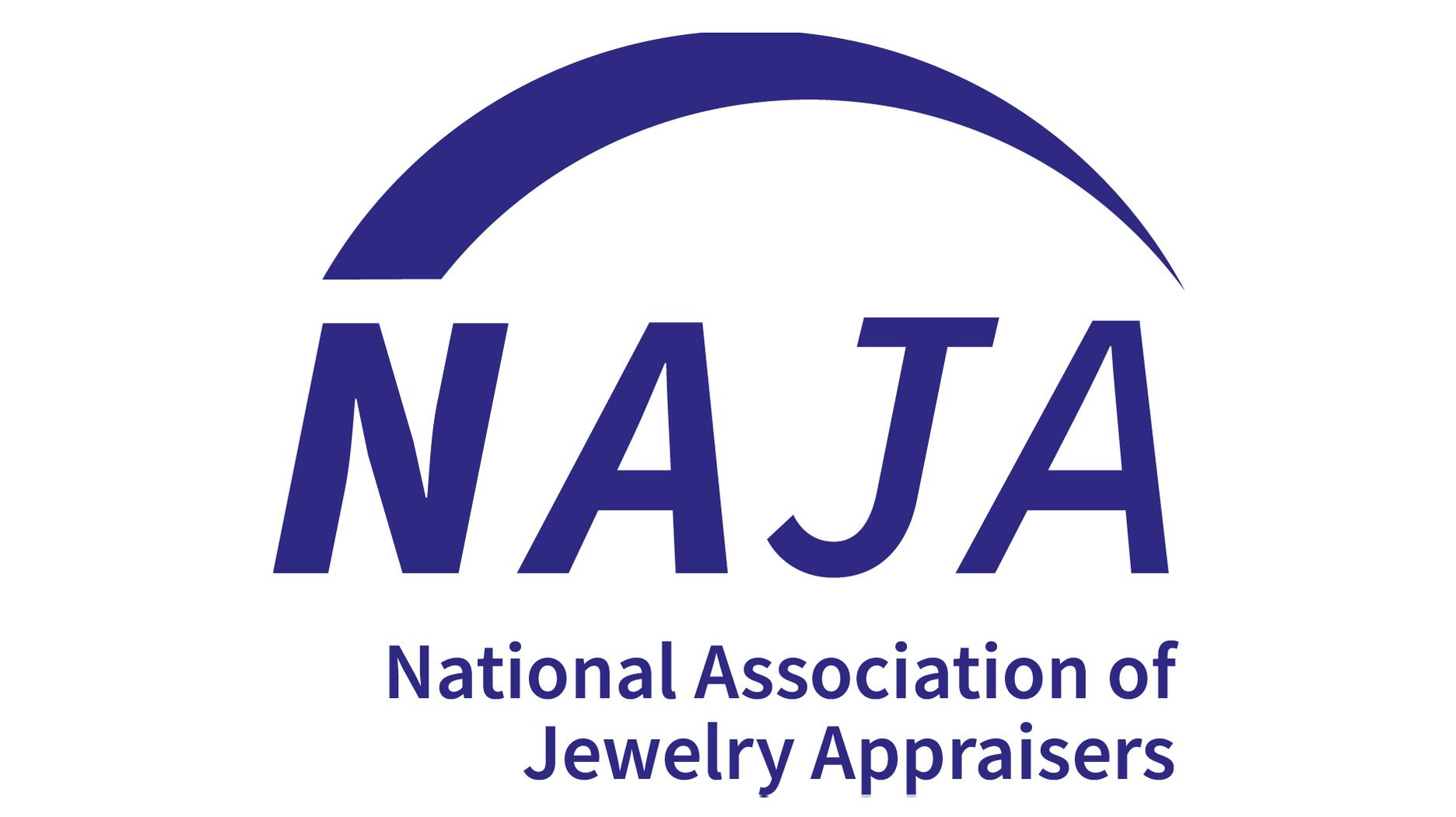The couple pleaded guilty to concealing at least $127 million in cash transactions at its precious metals businesses.
2017 Global Diamond Report Key Takeaways
The Antwerp World Diamond Centre and Bain & Company said global diamond sales are expected to grow.
Antwerp--The Antwerp World Diamond Centre (AWDC) and Bain & Company have released their seventh annual global diamond report, covering 2016 and the first half of 2017.
The report examines all parts of the diamond pipeline: rough diamond sales and production; the cutting and polishing midstream sector and polished prices; retail sales; and the overall industry outlook for the next decade-plus, including the challenges it faces.
Here are seven key takeaways from the report.
1. Rough diamond sales were up in 2016.
After a tough 2015 in which rough diamond producers accumulated surplus inventories, they were able to sell off a lot of the excess inventory in 2016 to cutters and polishers, increasing revenues by 20 percent.
Overall, rough diamond prices increased in 2017 after decreasing the previous two years.
2. Rough diamond production was flat.
In 2016, miners produced 127 million carats of rough, a number that is in line with the past eight years of production.
Production increased in Canada, as the Gahcho Kué mine officially opened in September 2016 and the Ekati mine increased production, as well as in South Africa, where the Kimberley mine saw increased underground mining.
Russia saw a decline in production due to the closure of the Udachnaya open-pit mine and Zimbabwe stopped production in seven of its nine deposits as the sector consolidated surplus product.
3. The cutting and polishing sector saw profits slip.
Cutters and polishers experienced a slight decrease in year-over-year profits in 2016.
As mentioned previously, the rough diamond industry benefited from the cutting and polishing sector’s increased purchase of surplus rough in 2016; overall, cutters and polishers bought about 20 percent more diamonds (in value terms) than in 2015.
India now accounts for approximately 90 percent of the polished diamond industry by value.
4. Diamond jewelry retail sales stabilized in 2016 and are headed upward.
Global retail sales figures for diamond jewelry in 2016 were stable after a poor 2015.
Retail sales in the United States increased, though not for several major jewelry retailers, which experienced a sales decrease.
In the first quarter of 2017, many major jewelry retailers experienced a sales decline but saw revenues pick up in the second quarter.
The AWDC and Bain & Co. concluded that some retailers are losing sales to online competition. The global diamond report noted that Signet Jewelers’ purchase of JamesAllen.com and private equity groups’ acquisition of Blue Nile highlight the
Elsewhere, China’s lowest yuan values in a decade led to sales decreases in 2016, though as the currency stabilized in 2017 sales increased. India likewise rebounded in the first half of 2017 after the demonetization crisis of 2016.
Overall, diamond jewelry sales are expected to grow in 2017.
5. Lab-grown diamonds remain a key challenge for the natural diamond industry, but it’s likely the industries can live in harmony.
In the same way the colored gemstone market exists alongside the diamond market, the global diamond report asserted that demand for lab-grown diamonds need not significantly affect the natural diamond industry.
However, it’s important to develop cheaper and more effective detection tools to protect the integrity of the natural diamond supply, the report noted.
6. The diamond industry must step up its marketing efforts to increase consumer demand.
The diamond industry isn’t experiencing the same growth now that it did in the 20th century when “A Diamond is Forever” became one of the most successful marketing slogans of all time.
This century, generic diamond marketing from rough diamond producers has decreased, and retailers and stores are focused on marketing their own private brands.
However, 2017 will see a big increase in marketing budgets to address this issue, with rough diamond companies planning to invest 50 percent more both in generic diamond marketing and marketing for their own brands.
7. Sales are expected to continue to grow beyond 2017.
In the future, disposable income increases of between 1.5 percent and 2.5 percent a year will continue to drive modest diamond sales growth in the U.S.
China is expected to resume growth in 2017 and this should continue in the future due to a rising middle class.
India has the potential to be the fastest-growing diamond jewelry market in the next decade-plus due to an expansion of bridal diamond jewelry and, like China, an increase in the middle-class population.
On the rough side, rough diamond demand should increase at a rate of about 1 to 4 percent each year through 2030. Supply will be flat or increase 1 percent, based on current and planned mining. This includes the reopening of distressed mines and tailing from older mines, if the demand requires it.
The Latest

Consumers shared concerns about prices, inflation, tariffs, trade, and politics in the survey’s write-in response section.

In February 2026, the auction house will move its headquarters to the former Steinway Hall, a neoclassical landmark on Billionaires’ Row.

How Jewelers of America’s 20 Under 40 are leading to ensure a brighter future for the jewelry industry.

The new show will take place Jan. 23-25, 2026.


The LVMH-owned brand has partnered with the costume design union to revamp its award for 2026.

The luxury titan inked a deal to acquire an initial minority stake in the jewelry manufacturer with a pathway to full ownership by 2032.

Roseco’s 704-page catalog showcases new lab-grown diamonds, findings, tools & more—available in print or interactive digital editions.

The company’s curation of unsigned vintage and estate jewelry debuted at the Bloomingdale’s in Costa Mesa, California.

In the recent multi-shipment seizure, CBP also found counterfeit Audemars Piguet, Moncler, and Chrome Hearts items.

Helzberg’s Chief Retail Officer Mitch Maggart shared details about its tests of a new store concept rooted in an elevated luxury experience.

Jewelers of America execs and National Jeweler editors discuss tariffs, the sky-high gold price, and the engagement that broke the internet.

The luxury goods company said founder Ippolita Rostagno will remain at the brand’s helm.

Laura Burdese, who joined the Italian luxury brand in 2022, will take on the role in July.

The National Jeweler editors revisit the most noteworthy industry happenings and design trends from 2025.

Need a gift for the cat lover who has everything? Look no further than our latest Piece of the Week.

It purchased the “Grosse Pièce,” an ultra-complicated Audemars Piguet pocket watch from the ‘20s, for a record-breaking price at Sotheby’s.

The lab-grown diamond grower now offers custom engagement and fashion jewelry through its Kira Custom Lab Jewelry service.

Chandler got his start at Michelson Jewelers and has served as DCA president and CEO since 2001. He will retire at the end of the month.

The boutique is slated to open this week inside Terminal 8, offering pre-owned Rolex watches and more to international travelers.

Sponsored by Digital Monitoring Products

The special-edition egg pendant ingested in a New Zealand jewelry store was recovered after a six-day wait.

Associate Editor Natalie Francisco plays favorites with Piece of the Week, selecting a standout piece of jewelry from each month of 2025.

The “Love and Desire” campaign is inspired by the magic that follows when one’s heart leads the way, said the brand.

Two awardees will receive free tuition for an educational course at the Swiss lab, with flights and lodging included.

Berta de Pablos-Barbier will replace Alexander Lacik at the start of January, two months earlier than expected.

Sotheby’s held its first two jewelry sales at the Breuer building last week, and they totaled nearly $44 million.



























